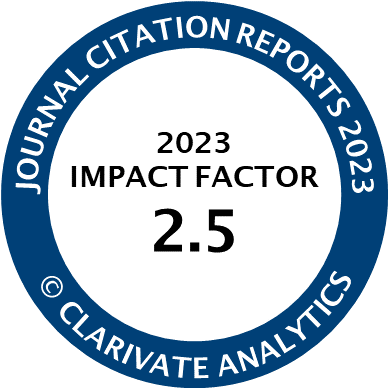Article | Open Access
EU Climate and Energy Policy: How Myopic Is It?
| Views: | 4088 | | | Downloads: | 2319 |
Abstract: This article investigates the shortsightedness or myopia of recent climate and energy policy (CEP) in the EU. To this end, it develops and applies a measurement tool of short-termism composed of four key criteria: (1) the reflection of science-based long-term thinking in the policy process and its output; (2) the degree to which mid-term greenhouse gas emission targets and accompanying policies align with science-based long-term objectives; (3) the stringency of the legislation; and (4) its adaptability. We use these criteria to assess the levels of short-termism of the EU’s 2020 and 2030 CEP frameworks and the (still evolving) European Green Deal (EGD). Overall, we find that the level of myopia of EU CEP has fluctuated and has advanced far less than the development of the nominal mid-term emission targets might suggest. The EGD’s 55% emission reduction target for 2030 only constitutes a return to the levels of alignment with science-based long-term objectives existing in the 2020 Package (making good on the regression of the 2030 Framework). It is primarily due to the maturing of long-term thinking and a ratcheting mechanism, that EU climate policy under the EGD can be considered less myopic than the 2020 Package (although the assessment remains preliminary pending the adoption of further implementing legislation). These findings lay the ground for future research that not only investigates reasons for the general myopia of (EU) climate policy, but also the drivers of the fluctuations over time.
Keywords: 2020 Package; 2030 Framework; ambition; effort sharing; emissions trading; European Climate Law; European Green Deal; myopia
Published:
© Jana Gheuens, Sebastian Oberthür. This is an open access article distributed under the terms of the Creative Commons Attribution 4.0 license (http://creativecommons.org/licenses/by/4.0), which permits any use, distribution, and reproduction of the work without further permission provided the original author(s) and source are credited.




